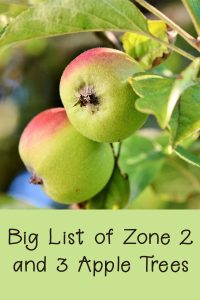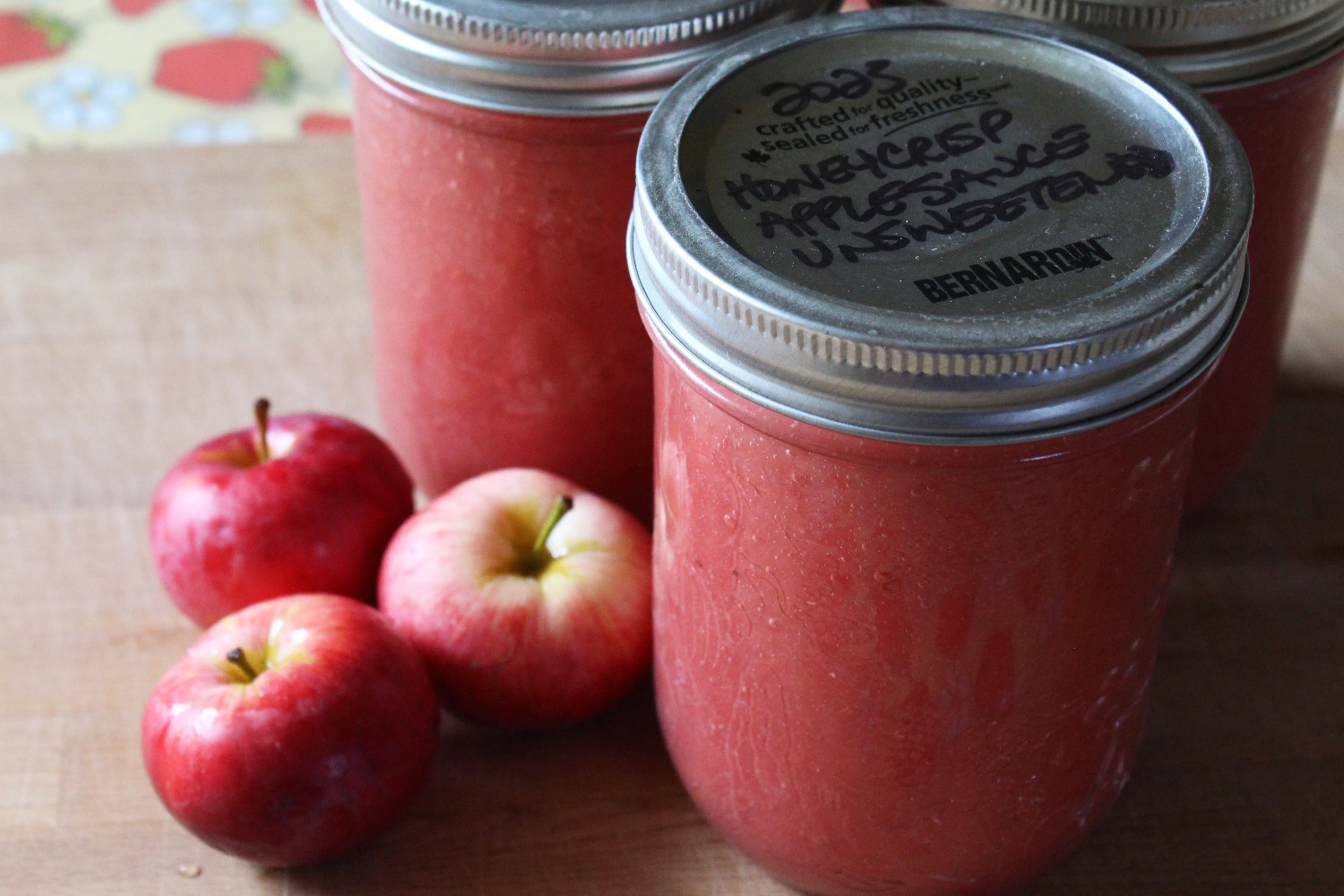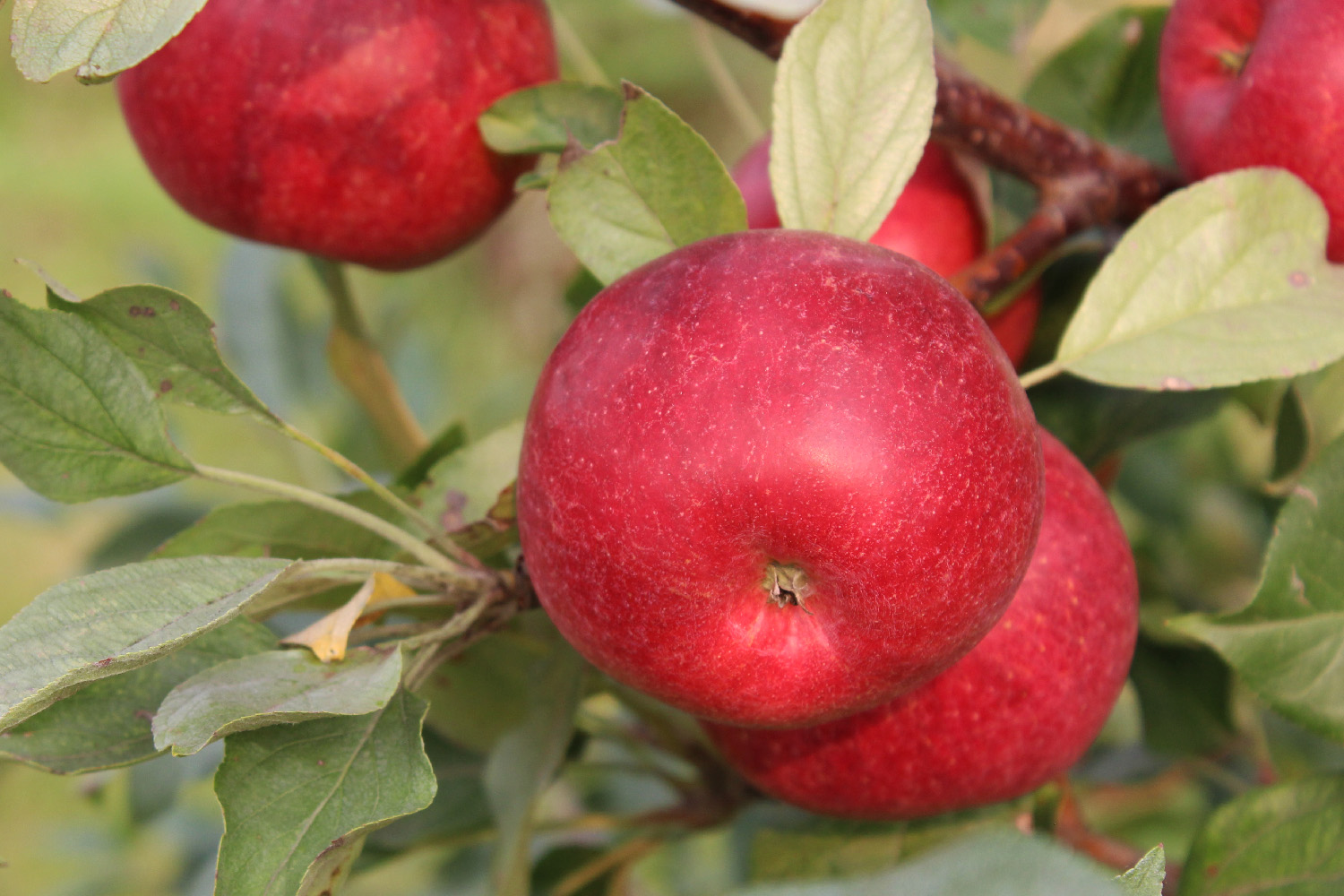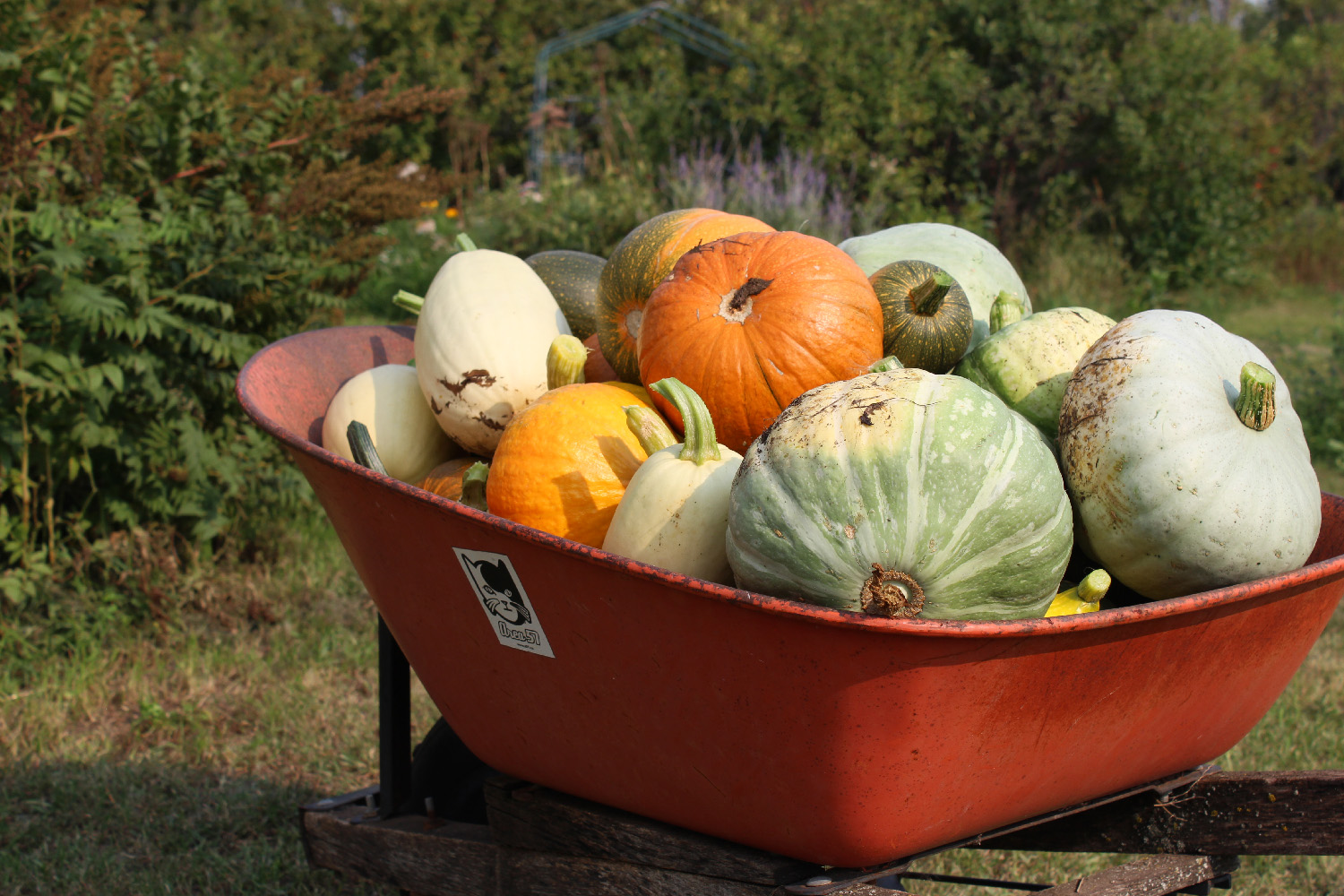16 Hardy Apple Trees for Zone 2 & 3
March 9, 2019 | Orchard | 29 Comments
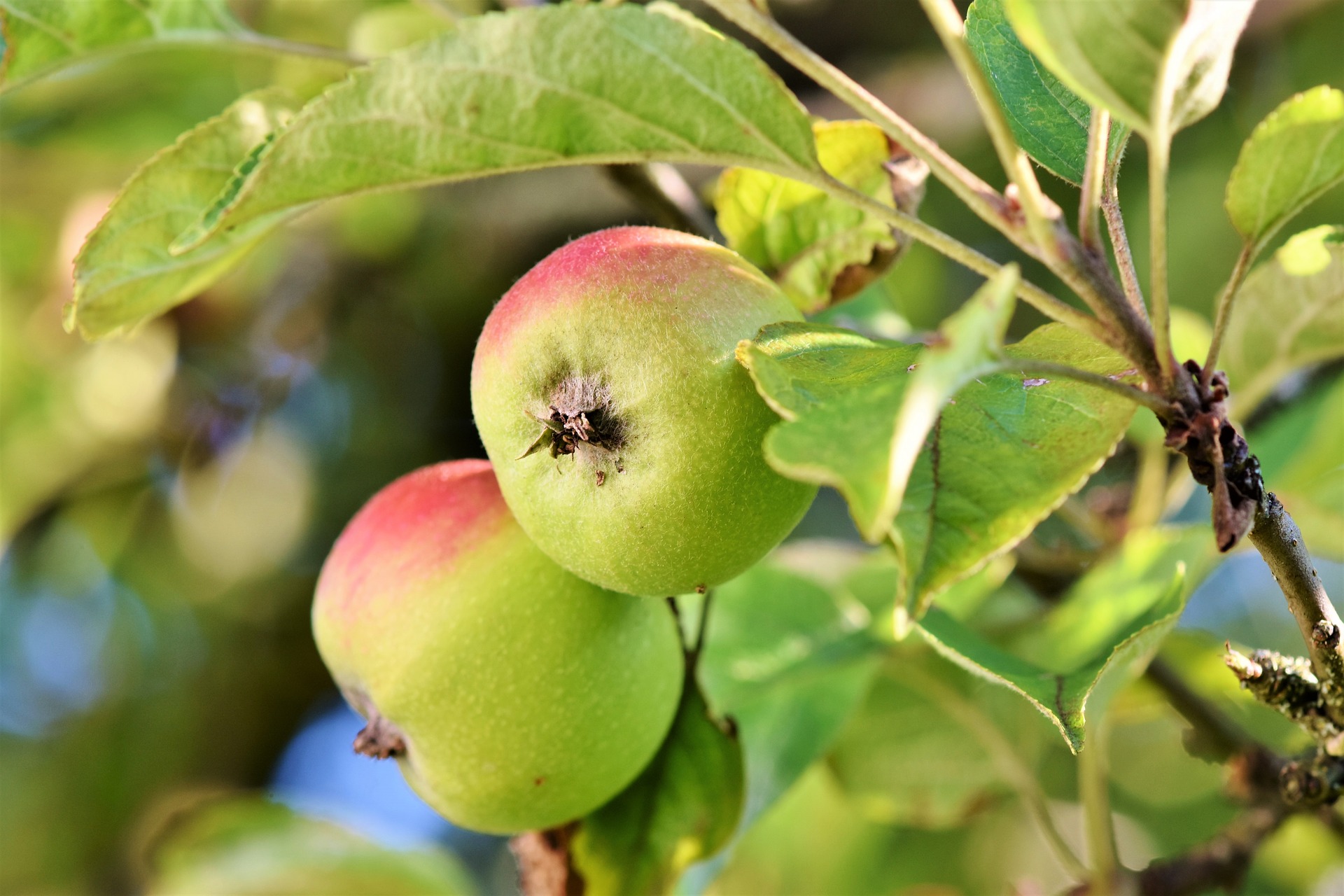
A lot of people have the impression that there isn’t much we can grow here in Zones 2 and 3. While we won’t be growing citrus or peaches or sweet cherries, there is a surprising selection of fruit trees that survive or even thrive in our climate.
Apples are the original prairie hardy fruit tree – at least when you are discussing introduced varieties. We have a crab apple tree here that is probably original to the house (from the 1950’s), and there are many older apple trees in the various towns and farmyards around here. Apples are particularly nice for the homestead, because many varieties store well in a root cellar for several months, allowing you to harvest them and put them into storage without having to can, dry, or freeze them.
Most Prairie apples are smaller and more tart than what you would buy at the grocery store…especially since the apples at the store seem to be getting sweeter and sweeter! Recent breeding programs have improved many varieties, but there are also older favorites that are worth a look. The University of Saskatchewan has posted a fantastic article from 1991 by breeder Roger Vick, which discusses the history and development of Prairie-hardy apples, with a list of ‘recommended’ varieties; it also includes a list and brief description of all of the hardy named varieties at that time.
The University of Saskatchewan also has extensive descriptions of the apples they grow at their test site, which are worth checking out.
The Hardy Fruit and Nut Trees of Alberta group on Facebook is another great resource for growing fruit in difficult conditions.
I have made a big list of Canadian bare root fruit tree suppliers, but some of them are located in relatively warm zones in Ontario and Quebec, so you will need to pay a bit of attention to what rootstocks they are using. We prefer Antonovka (full size trees) and Bud 118 (Semi-dwarf trees) for our cold, windy, and drought-prone location; other rootstocks might be just as good or even better for you, depending on your minimum temperatures, soil type, and rainfall. It is also worth noting that most apple trees require a pollenator, so check your neighborhood to see if there is an apple or crab apple nearby, or plan to plant two trees.
If you are also interested in growing pears, I’ve written an article describing 21 different hardy pear trees for zones 2 & 3, as well, with links to nurseries where you can purchase them.
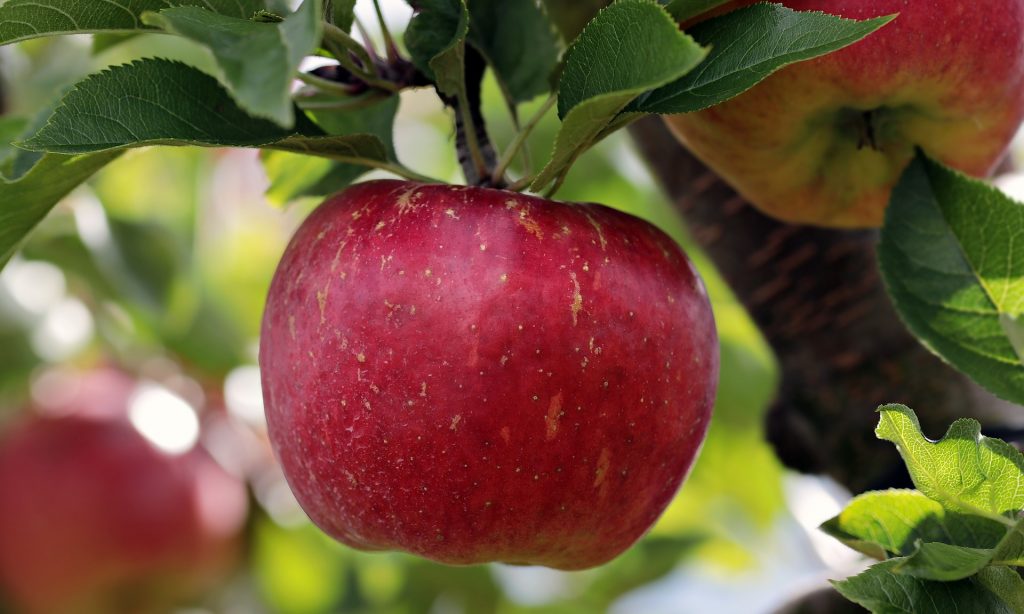
Here are sixteen hardy apple varieties that are on our homestead or our wish list, with links to some reputable suppliers that carry those varieties (at least as of spring, 2019):
Battleford (zone 2) – a classic Prairie apple! The Battleford apple was selected here in Saskatchewan, and is very hardy. They are also quite early, ripening in mid-August. It is best used as a cooking apple. Silver Creek Nursery carries these.
Cortland (zone 3) – Another old selection, that was released in 1915. Cortland apples are fairly late for the Prairies, ripening in October. They are reputed to be quite disease resistant, and the apples themselves are slow to brown, making them especially good for drying; they are also sweet enough to eat out of hand. Silver Creek Nursery and Whiffletree carry these.
Fireside (zone 3) – An older (early 1900’s) selection that is reported to be quite sweet and juicy. They ripen in mid-October, and are said to be excellent keepers. I haven’t gotten one of these yet, as my focus has been on earlier apples – I am not convinced that a mid-October would have a chance to ripen here, most years; however, it’s on my wishlist as a sweet apple that is a long-keeper. Silver Creek Nursery carries these.
Honeycrisp (zone 3) – A newer apple that is quite popular. We have a Honeycrisp here at our place that has survived some very low temperatures (below -40), and we are quite pleased with how well the apples store. In our area, the apples are pretty tart at harvest, but they get sweeter in the root cellar. Most of the sites indicate that Honeycrisp is difficult to grow, but ours has done well with no special care. I think we got our Honeycrisp from T&T Seeds, but Whiffletree and Silver Creek also carry them.
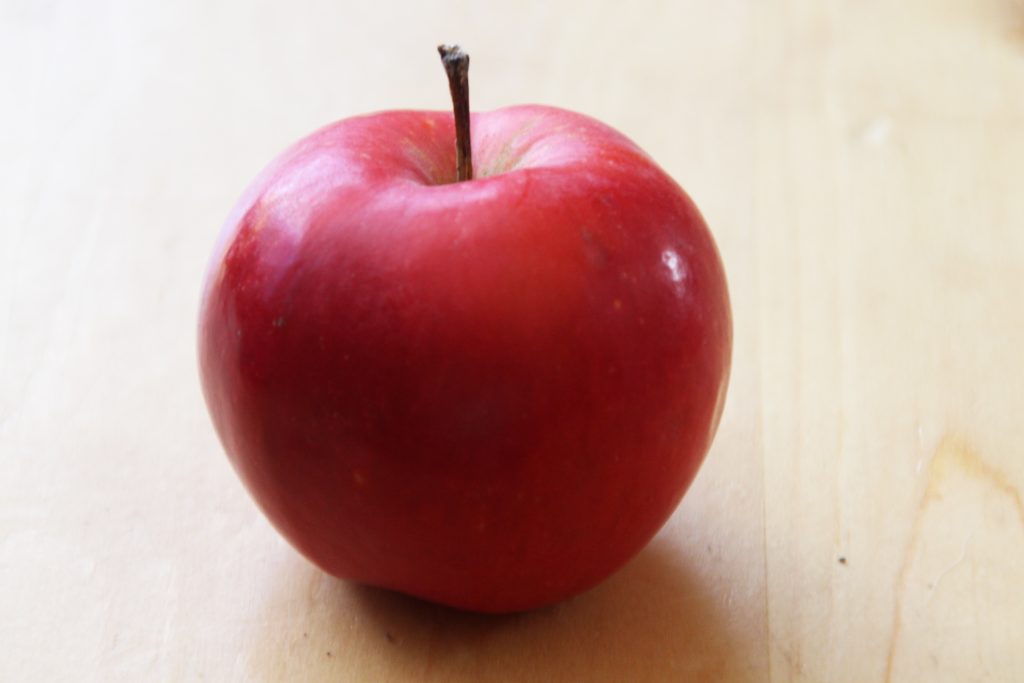
Lautz (zone 3) – This one is on our wish list, as it is reported to be a very long-storing variety that will keep up to 6 months. Hardy Fruit Trees carries these.
Minnesota 447 / Frostbite apple (zone 3) – These are an older variety, which was identified and used for breeding other apple varieties in the early to mid-1900’s, but not released as a named variety until 2008. The flavor of these apples is described as being intense and sweet, and they are reported to be excellent storage apples, lasting up to a year in commercial storage. These are not a vigorous tree this far north, but I really wanted to try one, just for the storage time. They ripen in mid-October. We got ours from a local nursery, but they are also carried by Whiffletree
Norkent apple (zone 2) – Bred in Morden, Manitoba, Norkent is a very hardy tree, with good quality eating apples. Norkents are supposed to be decent storing apples, as well, storing up to 14 weeks, though they are reported to lose flavor towards the end of the storage time. They ripen in mid to late August. We got ours from Whiffletree, but they are also carried by Hardy Fruit Trees and T&T Seeds.
Norland apple (zone 2) – A very hardy medium-sized apple that is good for fresh eating or making applesauce. Norlands ripen fairly early – in mid-August, which is handy in our short season. They are also reported to bear fruit quite young, though we haven’t gotten fruit from ours, yet. We got our Norland apple tree from a local nursery, but they are also carried by Silver Creek
Nova Easygro (zone 3) – These newer apples have been described as ideal for organic growers, as they are very disease resistant, and will store for a couple of months. They are also reported to be a tasty apple, with crisp white flesh and a sweet flavor. It is on our wish list because of the disease resistance, but has not been a priority due to their late ripening (mid-October), which is late enough in the season that we probably would not get ripe apples most years in our location. Silver Creek and Whiffletree carry these.
Parkland apple (zone 2) – Parkland apples are extremely cold hardy (though susceptible to fireblight), and are grown as far north as Alaska. They are described as being tart in flavor, but they are very early (early August) and will keep for a couple of months. We got ours from Silver Creek Nursery; they are also carried by Hardy Fruit Trees.
Prairie Sensation (zone 2) – A University of Saskatchewan release from 2006, Prairie Sensation is described as an aromatic apple with a pleasant, mild flavor. It is also supposed to be a good storage apple. They ripen in mid-September, which is perfect for our season. We ordered one of these from Whiffletree for 2019.
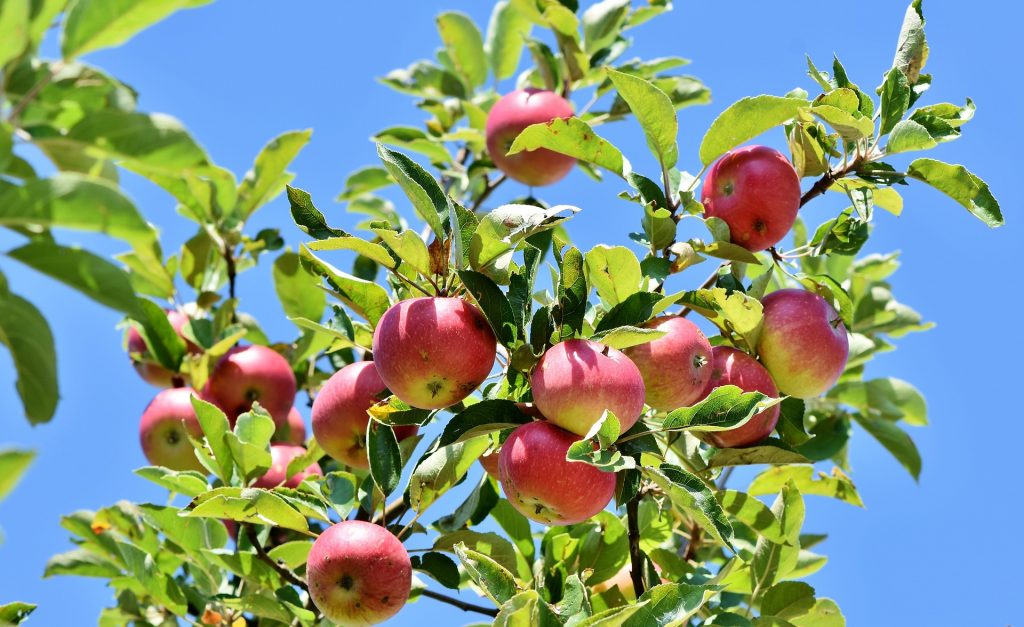
Red Astrachan apple (zone 3) – These were developed in Russia in the 1700’s, and are reported to be very flavorful. They are a fairly early apple, ripening in mid-August. We got ours from Silver Creek Nursery, and I haven’t seen them anywhere else.
September Ruby apple (zone 2) – A super-hardy apple with medium-sized fruit that is good for eating or cooking. As the name suggests, they ripen in early September, and are said to be a good keeper (up to 4 months). We got ours from Whiffletree.
Sweet Sixteen apple (zone 3) – These apples are described as having a complex flavor that is almost spicy, and that taste better when grown in cold climates. They are fairly disease-resistant, and are said to store well, though I haven’t seen anyone commit to exactly how long they will store for. Sweet Sixteen apples ripen in early October. We got ours from Whiffletree Nursery, but they are also carried by Hardy Fruit Trees and Silver Creek.
Wealthy apple (zone 3) – Wealthy apples are an heirloom variety that dates back to the mid-1800’s. They are reported to be juicy and sweet, as well as disease resistant, making them good for organic growing. They ripen in early September, so they will ripen before things freeze here at our location. Wealthy apples are on our wish list. Hardy Fruit Trees, Whiffletree, and Silver Creek Nurseries carry them.
Wolf River apple (zone 3) – These are a heritage cooking apple that are renowned for their large size. They are fairly late (early October), and susceptible to fireblight, but are resistant to most other apple diseases. I was quite taken with the idea of producing huge apples, though it will be hit-and-miss with our early freezes. Our tree hasn’t produced fruit yet, but I am excited to see how big they are when it finally does! We got ours from Silver Creek Nursery; they are also carried by Hardy Fruit Trees.
If you missed it earlier, you can find links to a ton of Canadian fruit tree suppliers here.
Pin it for later:
